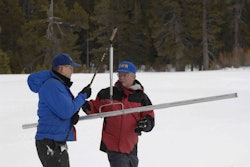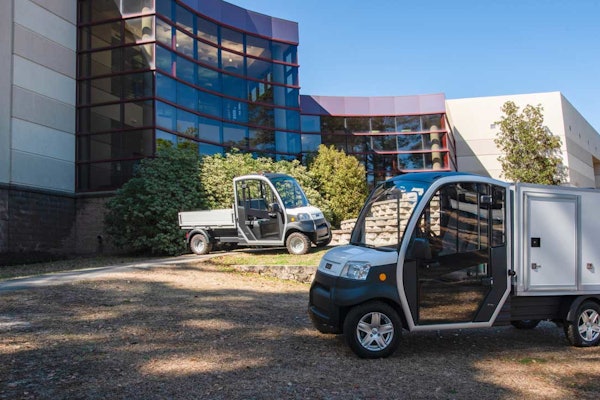 Linn County is the self-proclaimed grass seed capitol of the world.
Linn County is the self-proclaimed grass seed capitol of the world.Photo: Stephen Kruso/Flickr
Years after a genetically modified grass escaped to spread where it wasn’t wanted, Scotts Miracle-Gro is poised to pass the problem on to the state of Oregon.
Back in the 1990s and 2000s, the corporation invested $100 million in the new technology of genetic modification. Scotts partnered with Monsanto to create a variety of creeping bentgrass that was unfazed by Roundup.
The intended market was the golf course industry, due to the use of creeping bentgrass for greens and tees.
“It was incredibly attractive to the golf industry,” Scotts spokesman Jim King told The Oregonian. “Creeping bentgrass is probably as good a playing surface as you’ll ever find in the northern U.S. But it’s also really subject to infestation from other grasses.”
The promise of the modified creeping bentgrass would allow golf course superintendents to simply use Roundup to kill all the other intruding grasses.
Trials were launched across the country, including Canyon County, Idaho and Jefferson County, Oregon.
In August 2003, winds stirred through the test fields near Madras, Oregon, spreading the genetically modified seeds into the Crooked River National Grasslands. Federal documents report signs of the grass were found up to 13 miles away.
Just the year before, Scotts had requested that the U.S. Department of Agriculture allow it to sell the modified seed commercially. This was one of the first genetically modified perennials. Unlike annual food crops, it can expand its territory when its seeds are spread by wind, water and birds.
The Department of Agriculture fined Scotts $500,000 for the escape and made the company responsible for controlling and eliminating the altered grass in 2007.
By 2010, noticeable patches of the altered bentgrass had been found in Malheur County. It’s unclear when or how it got there, but it is believed seeds from a test field in Idaho managed to bypass the Snake River and put down roots sporadically along a 30-mile stretch.
Scientists from Oregon State University and the Environmental Protection Agency also discovered that the engineered grass had passed along its Roundup resistance to feral grasses it crossed with.
Those worried about the commercialization of the modified grass found that its prevalence could jeopardize two endangered plants and modify critical habitats of other endangered species.
When it was learned in February 2016 that Scotts had made a deal with the Department of Agriculture to no longer pursue commercialization of its modified grass, other developments also were reported.
Scotts plans to step back from its lead role in the effort to eradicate the grass, limiting its involvement to another 10 years, the last seven of which it will be required only to run an informational website on how to control the grass.
“Imagine I had a big, sloppy, nasty Rottweiler, and you lived next door in your perfectly manicured house,” said Bill Buhrig, an Oregon State University extension agent in Malheur County. “Then I dump the dog in your back yard, I take off and now it’s your problem.”
Even though Scotts isn’t looking to commercialize its product anymore, it’s still requesting that it be deregulated. For 14 years, the Department of Agriculture has refused this appeal, but now it has indicated it plans to grant the company’s request.
Regulators, environmentalists and growers have all reacted with alarm. Most fear what will happen when the seeds reach Willamette Valley, the heart of the grass business for Oregon. Grass seed was the state’s fifth top commodity in 2015.
“That would be a catastrophic event for Oregon’s grass seed industry,” said Don Herb, a Linn County seed dealer. “We don’t need Scotts or others to put our industry at risk.”
Because many international buyers will not buy genetically modified products, it places growers and dealers at huge financial losses due to inadvertent contamination.
“We need to get out in front of this,” Herb said. “This is an invasive weed that, in my opinion, you can’t control.”









